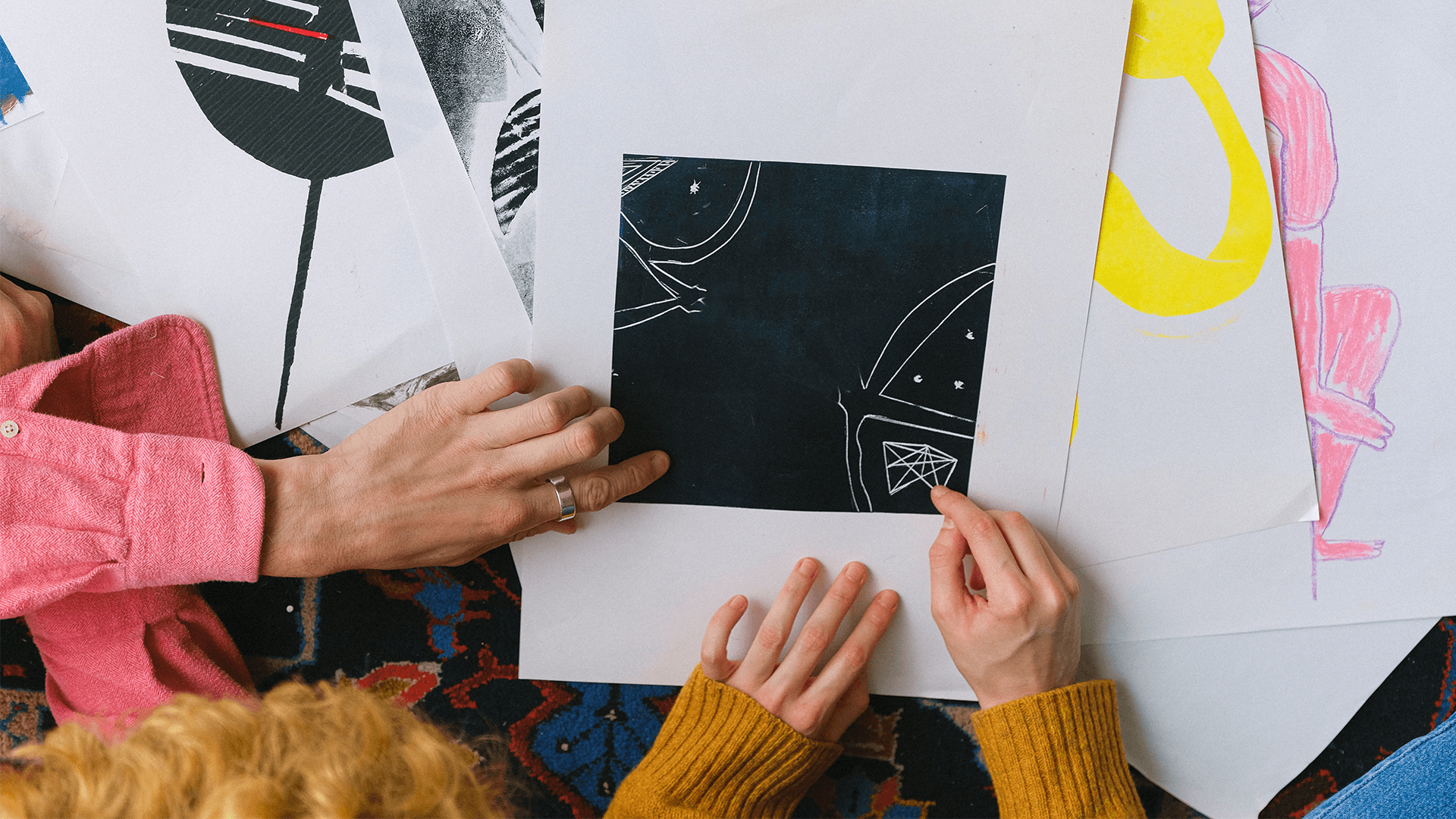
Effective design is simple. And in its simplicity lies the complication. It is not easy to clear your thinking of the endless things that could be added to a design to make way for clean and relevant work. The process of doing so can be overwhelming, making it easy to overlook essential details fundamental to a final design. But let’s ‘cool our designer heels’ for just a moment and take another perspective. It is a simple fact that where there is easy satisfaction, there is also the threat of mediocrity creeping in. An exceptional designer knows that a first, second, or even third iteration of a design need not be their last. Ergo, designers must continuously ask themselves questions before they finalize a design to reaffirm that it elicits the desired effect. We have gathered five questions that may seem glaringly obvious in some cases, but as we have established, the seemingly evident often proves to be the most elusive to articulate.
Is my design conveying the relevant message across?
This question is by far the most obvious on the list. It need not even be consciously asked since it is, of course, a principal objective that exists in the creative thinking of every designer, but is sometimes overlooked in the ‘continuous proactive design creating process.’
When working on a project, you may have designed up to four or five options. But most importantly, you must not be satisfied with the quantity of designs created but rather focus on whether any or all of them are ticking the checkboxes of the brief in question.
For example, whether each option is in line with the aesthetics of the brand you are creating for? Does the design convey the requisite simplicity and strength? Are the colors conveying contrasting or monochromatic schemes in a way that promotes the message as required? Are you satisfied with the logo or are you too intent on following the client’s specific design requirements rather than incorporating meaningful symbolism?
A designer must assess whether they are using their sense of design as a medium to actually display the message, or are at some stage merely adding design elements to stand-alone information for the sake of creating.
Conveying the style of your design is yet another factor that cannot be ignored. Staying true to your style is not in the least a negative design strategy. In fact, it is why you were tasked with the project in the first place.
But it is necessary to keep in mind that your design style must be malleable enough to conform to the client’s brand personality. Where good design tries to impress, better design takes care it does not overwhelm.
Have I stopped designing/experimenting in time?
It is often said that, “Perfection is achieved, not when there is nothing more to add, but when there is nothing left to take away.” In all modes of artistic expression, there exists a line, a brushstroke, or an element that pushes the piece from ‘organised expression’ into ‘chaos’. Even though details in design must not be overlooked, there is a point when they are simply too much. You must be able to stand back from your work, clear your mind, and ask yourself what it is that you see when you look at your design. Does the intended message stand out beyond all the supporting elements? In the quest for perfection, you don’t want to be left with an overburdened design aesthetic.
Have I used appropriate fonts and colors?
The same principles apply to experimentations with font and color as they did with adding elements. With the almost unlimited options for fonts and colors at your fingertips, it is easy to be tempted to explore novel combinations. When composing a design for an established brand, it is sometimes easy to forget that the brand already adheres to an existing, recognisable brand suite and that your design must align with it to blend seamlessly within the brand architecture. We suggest following established design themes and rules that befit the brand personality, as this is how the impression of the brand is reiterated across all platforms to viewers.
Is there smooth eye movement?
When scanning graphic, written, or even architectural content there should exist a series of visual cues that lead you through the design, guiding and directing your eyes to hit specific, high value elements along the way. When placed haphazardly, these elements are lost to the user and create dissonant, jarring breaks across the visual.
Also, something to ponder about is that should the design be ‘detail’ heavy. Sometimes, the design ceases to have ‘breathing room’, a space for the eyes to rest before moving on to the next element.
Using white space effectively can help balance out the more complicated elements and bring the most important components into clarity and focus.
Is the design effectively composed?
You may have managed to ensure that your design has all the elements you had discussed with your client, arranged in a tasteful way so that the eyes flow harmoniously through the different elements you have created. However, the question of its degree of efficacy remains in to be seen.
Is it effectively composed to emphasise the intended message?
Components such as white space, contrast, texture, scale, and hierarchy must come together in an organized, coordinated manner, so that the elements are assembled in not only an aesthetically pleasing way but one that purposefully draws the eye through the piece in a manner that conveys meaning.
The final question
Now, comes the most important question,
Were you, the designer, happy with your final design?
After all, it will live on in the memories of all those impacted by it, yours included. Being able to question your designs with an open perspective does not present a reason to doubt your work, but instead, is a testament to your strength as a thoroughly dynamic designer.


